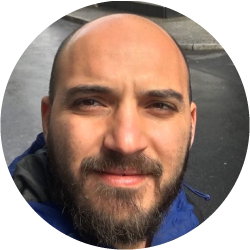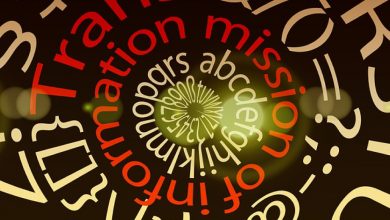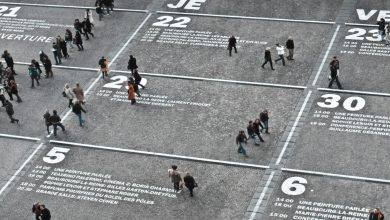
Introduction: The training development should always be based on learners’ needs and how to full fill them in a significant give way. Based on learners’ needs, we develop the learning objectives of the training and the methods/activities that are functional to their achievements.
In the article about the criteria “Knowledge of ways and methods to identify learners’ criteria” we described a possible approach to be implemented before any training design in a way to prepare the program based on the needs of learners, but also on the different stakeholders.
I choose this tool because it is important as a trainer to have in mind some simple and effective tools for mapping again the learners’ needs before an activity. Even if the activity has been already based on a precise TNA methodology, it should be very important to have time to work directly with the learners about their needs before the training and helping them also to better focus on them.
The trainer should be aware of the importance of learners’ needs as an integral part of the training design and should be flexible to integrate needs that maybe will appear at the very beginning of the training. In fact, even if a very well and precise assessment of needs has been done for the activity, often participants bring new needs or better focus on the formulated ones, before the training or at the very beginning. It is not possible not to encompass such needs in the process.
Main content:
Managing the expectations and their needs of participants effectively can be either very easy or very difficult, depending largely on how early they become involved in your process for the design and content of a training. Frequently, due to limited pre-training communications for safety reasons, or organizers acting as a go-between for trainer and participants for logistical reasons, trainers have little access to maximum participant input leading up to an event.
For this reason, it’s best to always be prepared with ways to create this involvement at the start of a workshop, regardless of how much or how little communication you’ve had with participants ahead of time.
One way to ensure that participants are immediately involved in your event is to start by utilizing an activity that helps you check in with the participants’ expectations and negotiate with them about their expectations and agenda.
Before the training, if possible due to the conditions explained before, it would be very important to send a communication to the participants (via mail) with a reminder of the main objectives of the training and short questionnaires collecting their specific needs about the training in that specific moments. Needs can change and evolve during the time, and sometimes, when we remind participants of the specific objectives we create a new setting to allow them to formulate their specific needs about the oncoming activity. This part of the work is part of the training and creates the possibility to check what has been planned in advance, to make sense with the “taste” of the group.
The questionnaire could be done online with a simple google doc. or could be more complex and done as face to face interview, but this is linked to time and resources that should be available for the assessing phase.
Another important moment for mapping the needs of the group, it is at the beginning of the training when we come to the forming phase of the learning group.
In this phase, it is very important to take a moment to:
- Revise the basis on which the training has been designed;
- Verify that these basics are still valid and have the same “meaning for the learners”. As we had seen in the article about the TNA model, many times the meaning of what we are reading is depending on our “lengths” and how we had collected the findings. So the start of the training is a good moment to be “critical” and to invest in clarifying the needs that have been assumed and the needs that the group brings at the moment.
- Adjusting the program or make evident where the needs of learners can find an answer and where it is not possible to match them.
The needs that learners are bringing in this phase are very important, nevertheless, the trainer should not take on board all of this to make a complete change of the program. The competence is to integrate the parts if possible and when it is relevant to the flow.
The use of the identified needs table is illustrating quite well how the needs that have been collected in different phases can be used at different levels in the training cycle (not only in the training course).
Identifying and Assessing Learners’ Real Needs: Key to Successful Literacy and Continuing Education Programme
http://www.accu.or.jp/litdbase/pub/dlperson/97rw/97RW_02.pdf

Exercises:
How to apply it in everyday life:
- When you start to work in a new group, try to guess the needs that they could have, related to the training or to the activity that you are going to run and compare with the ones that you will collect at the beginning of the activity.
- Note your learning needs about a specific topic and try to set a plan to fulfill them: what you would like to get from a training? Try to list the main characteristics
.
Reflection questions:
- How much am I taking into consideration these elements (or some of them) when I am designing training?
- Which are the tools that I use to collect the needs before the training course?
- How do I collect the needs of the participants at the beginning of a training course? How much is important for the final preparation of the program?
- How will I document the learning needs of participants?






